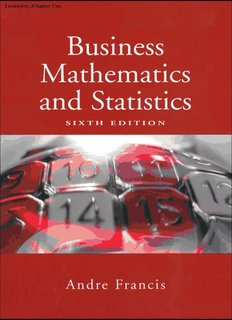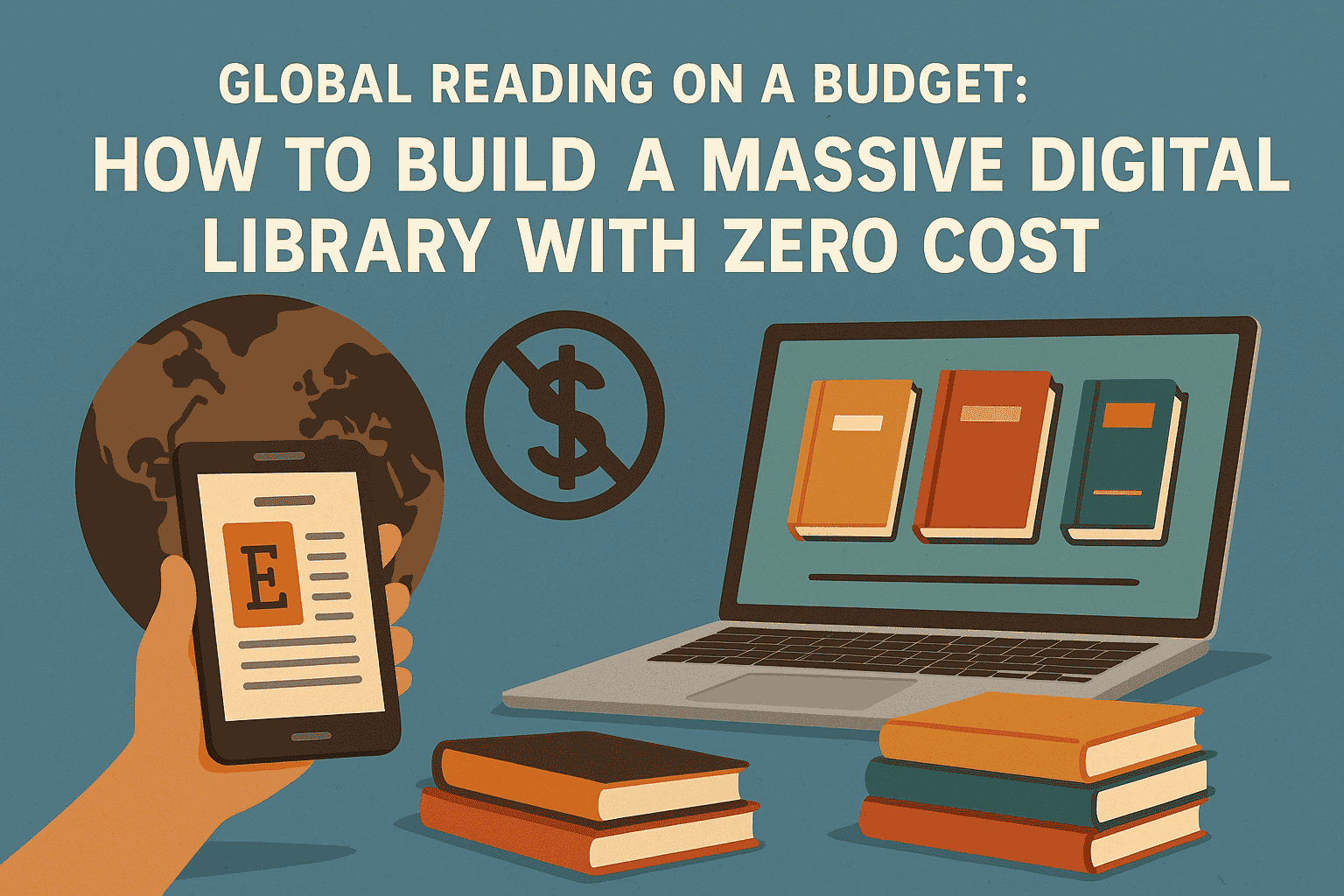Developing a Value Investing Strategy in Today’s Market
Investing isn't just about numbers and charts—it's about philosophy, patience, and perspective. And when it comes to long-term, proven strategies, value investing stands as one of the most respected and rewarding approaches in the financial world.
In a time when meme stocks, AI-driven trades, and crypto surges dominate headlines, it’s easy to forget the timeless power of buying undervalued companies and holding them for the long haul. Yet, now more than ever, value investing has its place—perhaps even more so in today’s volatile and unpredictable market.
In this article, we’ll break down what value investing really means, why it matters, and how you can craft your own value investing strategy—even if you’re just getting started. We’ll keep things friendly, practical, and (dare I say) even fun, because the world of investing doesn’t have to be a maze of jargon.
Let’s dive in.
What Is Value Investing?
At its core, value investing is about buying stocks (or other assets) that appear to be trading for less than their intrinsic or "true" value. The idea is simple: you find great companies that the market has temporarily undervalued and invest in them before the rest of the world catches on.
This strategy was popularized by Benjamin Graham and later perfected by his most famous student—Warren Buffett.
Think of it like shopping. You wouldn’t pay full price for a jacket you know will be on sale next week. Value investors take the same approach with stocks—looking for quality at a discount.
Why Value Investing Still Matters in 2025
We live in an era of speed. Stocks surge based on tweets. AI algorithms make decisions in milliseconds. Markets are constantly reacting to news, trends, and hype.
In this noisy environment, value investing offers something rare: calm, reasoned judgment.
Instead of chasing fads, value investors focus on fundamentals—things like earnings, dividends, cash flow, debt, and market position. These don’t change overnight, and they give investors a sense of stability.
Plus, in markets that swing between fear and greed, value investing gives you an edge. It teaches discipline, encourages research, and rewards long-term thinking.
How to Start: Understanding Intrinsic Value
The heart of value investing lies in understanding intrinsic value. This is the actual worth of a company based on its financials—not its current market price.
Calculating this involves analyzing things like:
-
Revenue growth
-
Profit margins
-
Cash flow
-
Debt levels
-
Future earnings potential
Let’s say a company’s stock is trading at $50 per share, but based on your research, you believe it’s actually worth $70. That’s a margin of safety—and a possible value investing opportunity.
But how do you actually find these undervalued gems? Let’s walk through the process.
Step 1: Do Your Research (and Then Do It Again)
Value investing is homework-intensive. You don’t just follow hot tips—you study the business.
Start by reading the company’s financial statements: balance sheet, income statement, and cash flow statement. Tools like Yahoo Finance, Seeking Alpha, and annual reports are your best friends.
Look for companies that have:
-
Consistent earnings over time
-
Low levels of debt
-
Strong brand recognition
-
Good management with a history of delivering value to shareholders
This research phase is where platforms like mycvcreator can come in handy. If you're in the early stages of a finance career, showing off your analytical skills through well-crafted bios and resumes—especially those highlighting your understanding of financial markets—can open doors in investment firms, startups, and finance media.
Step 2: Use Financial Ratios as Clues
Financial ratios are like the tools in a detective’s kit. They help you uncover clues about a company’s health.
Some essential ones for value investors include:
-
P/E Ratio (Price-to-Earnings): A low P/E might signal a bargain.
-
P/B Ratio (Price-to-Book): Looks at how a stock's price compares to its book value.
-
Debt-to-Equity Ratio: Indicates how much debt the company has.
-
Current Ratio: Measures liquidity and ability to meet short-term obligations.
Don’t just look for low numbers—look for context. A low P/E ratio could mean undervaluation… or that the market expects trouble. Always dig deeper.
Step 3: Look for a Margin of Safety
Benjamin Graham’s golden rule was to build in a margin of safety. It’s a cushion that protects you if your analysis is off.
If you think a stock is worth $100, don’t buy it at $99—look to buy at $70 or $80. That way, even if your projections are a bit optimistic, you're still likely to profit.
This concept is what separates value investing from blind optimism. It's rooted in humility—the idea that even smart investors can be wrong.
Step 4: Think Long-Term
Value investing isn’t about quick wins. It’s about letting time do the heavy lifting.
Many of the world’s most successful investors, including Warren Buffett, made their fortunes by holding onto stocks for decades. They weren’t glued to charts or day-trading apps. They bought quality businesses and gave them time to grow.
This long-term mindset also helps you ride out market downturns. When you believe in the value of what you own, you don’t panic when prices dip.
Step 5: Avoid the Hype
This one’s big.
In 2021, we saw GameStop and AMC explode thanks to Reddit. In 2022 and 2023, everyone was chasing NFTs and crypto tokens. In 2024, it was AI stocks.
There’s nothing wrong with innovation or speculation—but value investing asks you to look beyond the headlines. It tells you to trust the numbers, not the noise.
Remember: when everyone is buying, prices go up—not always because the company is doing well, but because people are afraid of missing out.
Value investors wait for those moments when fear pushes prices down. That’s when the real deals appear.
A Personal Example
A few years ago, I invested in a mid-size tech company that had fallen out of favor with the market. It wasn’t flashy. No viral buzz. But its revenue was steady, it had zero debt, and it was sitting on a pile of cash.
The price had dipped due to temporary supply chain issues—something I believed would be resolved within a year.
I bought the stock, ignored the noise, and held on.
Eighteen months later, it had nearly doubled in value, and the company had reinstated its dividend. It wasn’t luck—it was discipline, research, and patience.
That’s the essence of value investing.
Building a Value Investing Career
If you’re someone who’s passionate about analysis, research, and financial storytelling, value investing isn’t just a strategy—it could be your career path.
Whether you’re building your resume for a finance role, pitching your services as a freelance analyst, or curating a portfolio of investment insights, your online professional identity matters.
This is where mycvcreator can help. Crafting a sharp, SEO-optimized resume or professional bio that emphasizes your understanding of value investing, data analysis, and market research can position you as a serious player in the finance world.
Add those certifications, include relevant metrics, and make sure your LinkedIn is telling the same story. Value investors love clarity—and so do recruiters.
What About Today’s Market?
With inflation, high interest rates, and global instability in the mix, today’s market might seem unfriendly to investors.
But that’s exactly where value investing shines.
High inflation often pushes prices down. Investors become fearful. But for value investors, this means opportunities.
Sectors like manufacturing, energy, healthcare, and even certain tech companies are trading below their intrinsic value. The key is to keep your emotions in check, stick to the fundamentals, and invest when others are panicking.
It’s not easy—but it’s powerful.
Final Thoughts: Value Investing Is a Mindset
More than a strategy, value investing is a mindset.
It teaches you to be patient when others rush. To be curious when others follow. To be steady when others panic.
In today’s market, that mindset is a competitive advantage.
Whether you're a seasoned investor or just dipping your toes into the market, developing a value investing strategy is one of the smartest moves you can make—not just for your portfolio, but for your financial mindset.
Take your time. Do your homework. Trust your analysis. And above all, keep learning.
Because in a world of market noise, the quiet confidence of a value investor is something truly rare—and incredibly rewarding.









